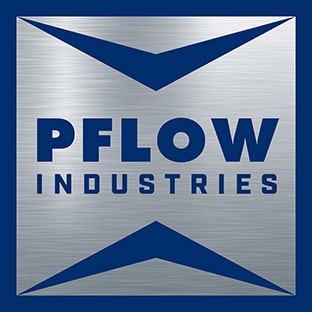In a warehouse or distribution space, getting materials from one place to another typically requires heavy equipment. While forklifts are common, they result in about 85 fatalities and 34,900 serious injuries every year. To improve safety and productivity, hydraulic or mechanical lift elevators are a great alternative—so long as you don’t neglect your regular lifting equipment inspection.
The Importance of Regular Lifting Equipment Inspections
When working with heavy lifting equipment, any number of things can go wrong.
The load capacity might not match the weight of your products, workers may not have proper training, and the equipment itself may be in a state of disrepair.
Any of these issues can create an unsafe operating environment, but all of these are also easily fixable. In addition to providing adequate worker training, scheduling lifting equipment inspections will help prevent a number of other problems down the road.
1. Checking for Damage
The most critical part of any inspection is finding present damage. If a part is already broken or rusted, it can pose a serious danger to workers who use the equipment.
An inspection will ensure that all parts and features are operational and in good working condition. If anything does need repair, you’ll have an outline of exactly what needs to be fixed. Just because the equipment is still working doesn’t mean that everything is in optimal working condition. You may easily have a cracked bearing or loose screw somewhere in the system that’s a ticking time bomb.
2. Proactively Replacing Aging Materials
Even better than finding current problems is finding future problems before they happen. A good lifting equipment inspection will identify materials that are past their prime and should be replaced—before they break down.
This could save you time and money by avoiding unexpected downtime due to malfunctioning equipment. It can also protect your workers from avoidable injuries by getting ahead of issues before they become a threat to safety.
3. Updating the System to Meet Changing Needs
Sometimes, companies update their strategies and capabilities without thinking about how their current systems will accommodate these changes. If production has gone up at your manufacturing plant or you’re now distributing larger, heavier items, your current lifting equipment system may not be up to par.
As your processes change, remember to consider the impacts this may have on your capital equipment. You may need to update your load capacity, or you may even need a completely overhauled system to meet new industry standards.
Sometimes, it’s just a matter of changing regulations and efficiency requirements. Either way, it’s a good idea to stay updated on the latest technologies and rules by conducting regular inspections.
Scheduling an Equipment Inspection
Now that you understand the importance of getting a lifting equipment inspection, how do you go about scheduling one? It’s best to reach out to your lifting equipment supplier directly. They often have field service technicians on hand to ensure their products are in good working condition. They will also be able to either fix the problems themselves or order the necessary parts directly to save you time and money.
For service and technical support, reach out to appropriate manager who can guide you through the next steps.
